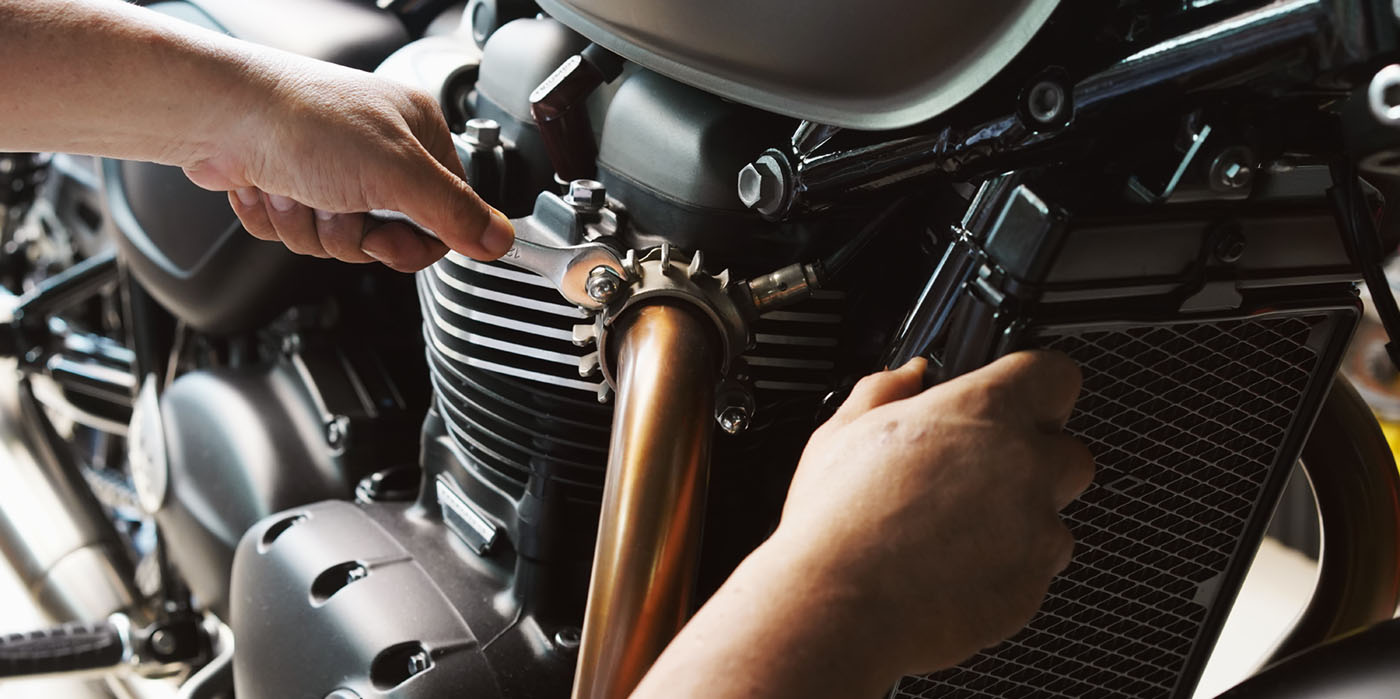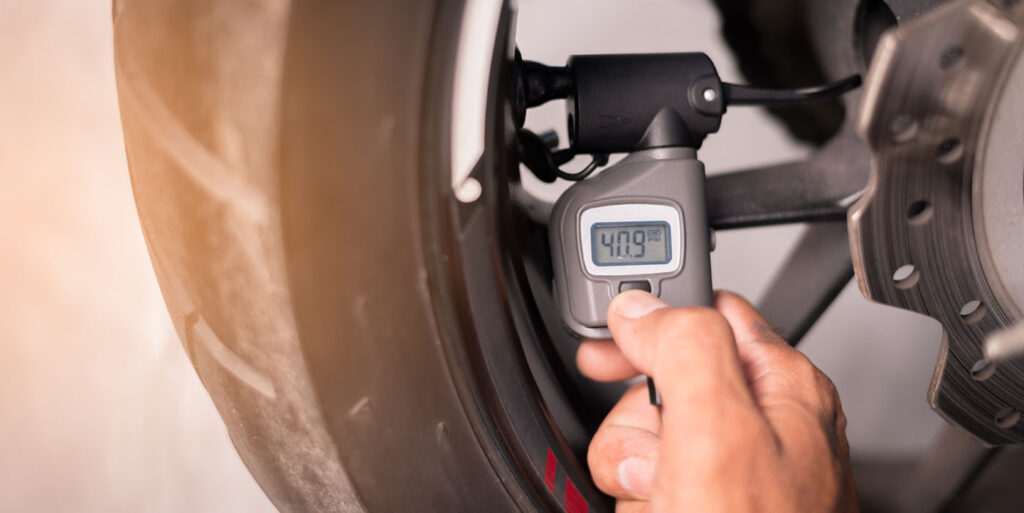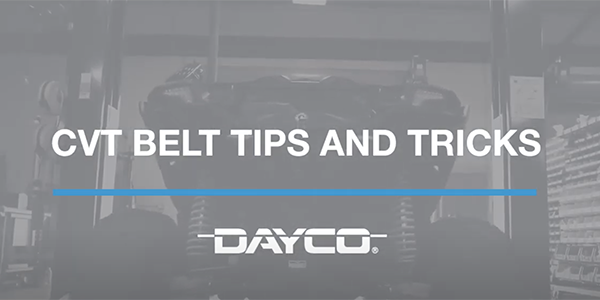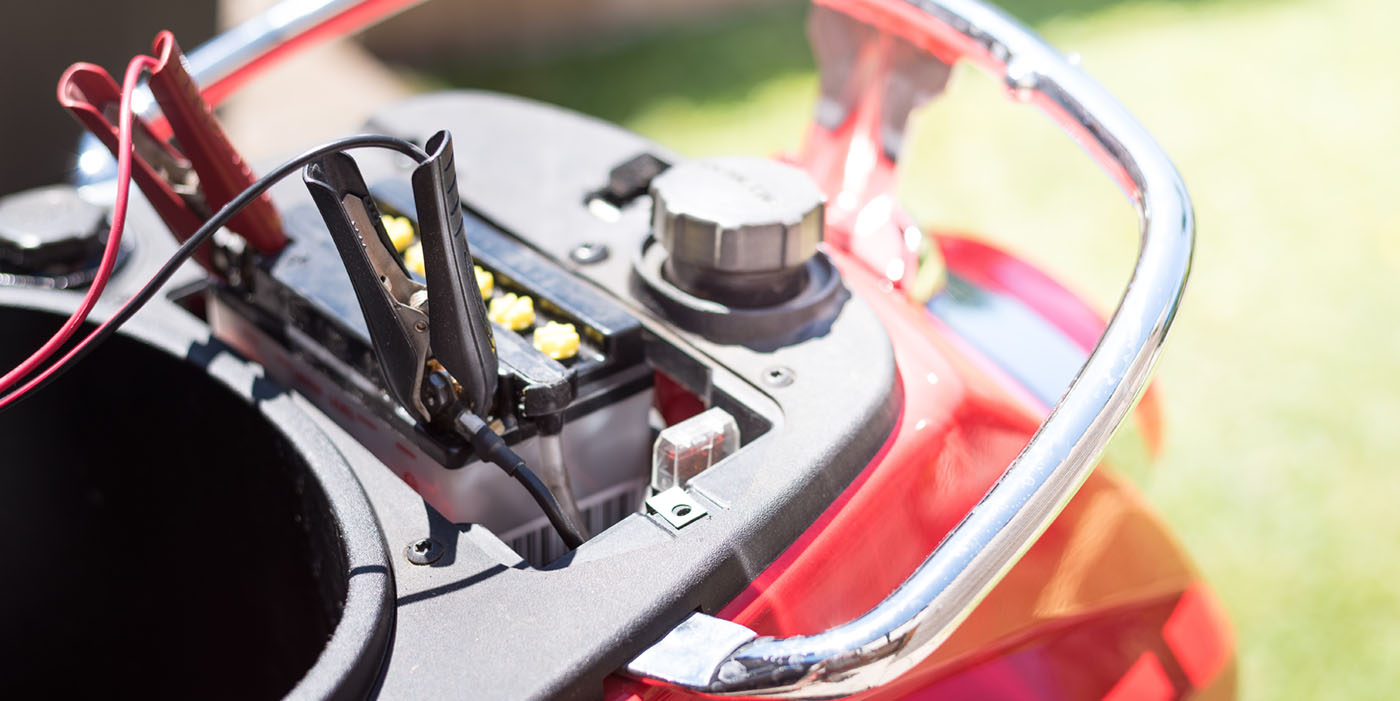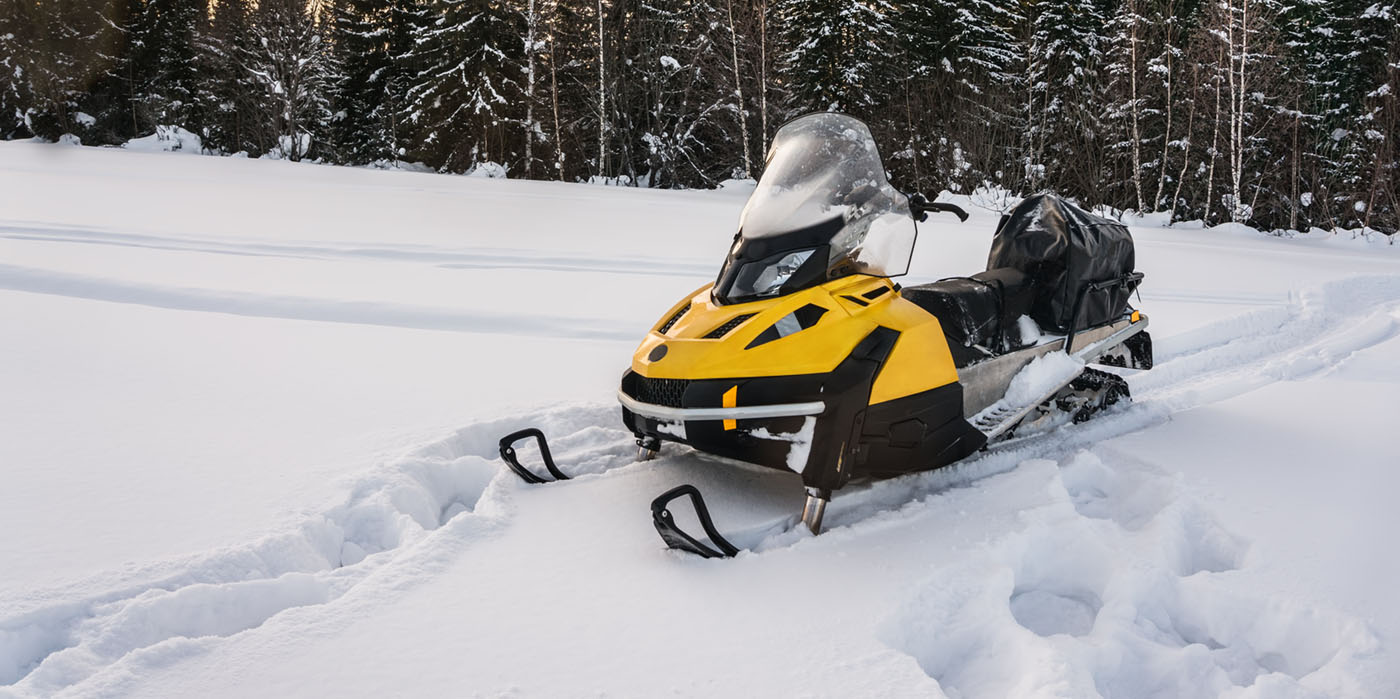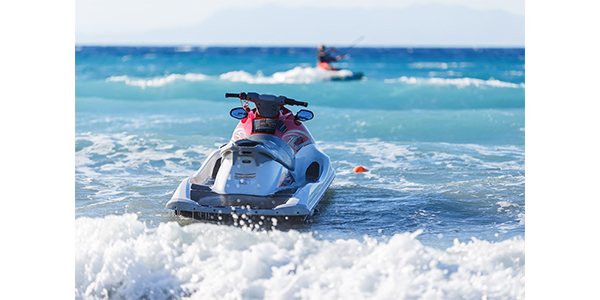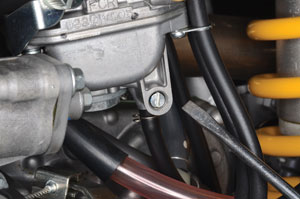
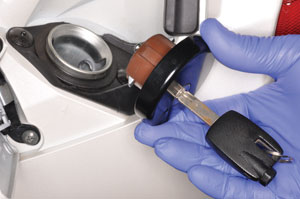
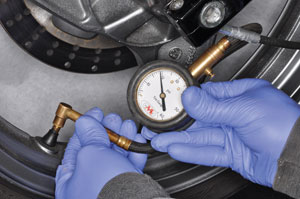
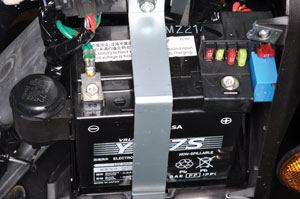
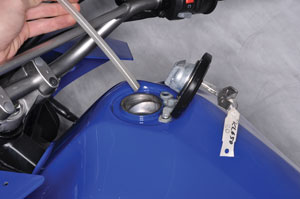
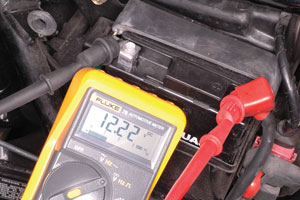
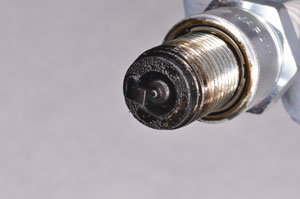 It’s important to avoid neglecting the storage requirements of the vehicles on your showroom floor. This is a point that is all too often forgotten until that embarrassing moment when a potential buyer turns the ignition key and presses the starter, only to be greeted by the impotent clicking of a starter relay or a foul running engine.
It’s important to avoid neglecting the storage requirements of the vehicles on your showroom floor. This is a point that is all too often forgotten until that embarrassing moment when a potential buyer turns the ignition key and presses the starter, only to be greeted by the impotent clicking of a starter relay or a foul running engine.
Given the economic reality of the last couple years, motorcycles tend to sit on the showroom floor a bit longer than in the past. When a bike first arrives at your dealership or shop, there are always a slew of tasks to complete before it can go out onto the showroom floor. New bikes are removed from their crates and then set up to the manufacturer’s requirements.
Used bikes have to go through a process of cleaning, inspection and maintenance prior to flooring. Do not waste the time and money spent on prep work to this point. Make sure the flooring process involves these steps to ensure that those newly assembled or freshly serviced machines stay fit and functional after weeks or months on the showroom floor. Perform these steps if the bike will be sitting for more than two weeks to keep your showroom inventory in working order for the foreseeable future.
Regular Maintenance
Tip 1: Drain the fuel from carburetors. If someone test rides the bike but decides not to buy it, drain the carburetors again. It is better to take this quick step and hope it sells the next day than to let it sit for months with fuel in the float bowls.
Tip 2: Add fuel stabilizer to a full tank of gas. Read and follow the instructions for whichever brand or type of fuel stabilizer that you use.
Tip 3: Check the tire pressure regularly.
Tip 4: Remove the battery, and mark it with the last six digits of the VIN number of the motorcycle so that it can be returned to the correct bike. Store the batteries off the floor in a cool, dry place. Keep the batteries charged using a battery tender. Check the voltage of the batteries every six months to make sure they are still usable.
Revitalize Neglected Machines
If the motorcycles in your showroom have been neglected for some time, don’t worry, there are steps to take to revitalize the condition of your inventory. Follow these steps to get a motorcycle back to proper condition when it has been sitting on the showroom floor for longer than one month without being properly prepped for flooring.
Tip 1: Drain the fuel system from the fuel tank down.
Tip 2: Remove the battery and test it. Recharge the battery and see if it will hold a charge. If the battery has discharged too far, it will have to be replaced.
Tip 3: Remove the spark plugs and inspect them. Look for fouled or incorrectly gaped plugs. There is no point in replacing expensive batteries or fuel when the plugs are fouled or not gaped to specification. Note that if a potential buyer takes a new or used bike with bad gas for a test ride, the gas may foul the plugs.
Remember to perform these steps throughout the year. Don’t let the busy season leave you with a fleet of dead motorcycles and ruined batteries in the winter. Keep a record of how long the bikes in your showroom have been sitting without use.
Using these tips will help your business avoid frequent battery replacements as well as paying for service work that should have been avoided. Having your motorcycles up and running all year round contributes to an appearance of professionalism that any potential buyer will appreciate.
Brought to you by the people at WWW.CYCLEPEDIA.COM, Cyclepedia Press LLC painstakingly publishes online service manuals for many popular ATVs, motorcycles and scooters. Our full-color, online product is the first of its kind in the powersports industry. We provide our customers with service information now, not in 3-5 days shipping time. Our time and money saving, online manuals are a great compliment to an Authorized Factory Service Manual.



